Cape Marigold Propagation – How To Propagate African Daisy Flowers
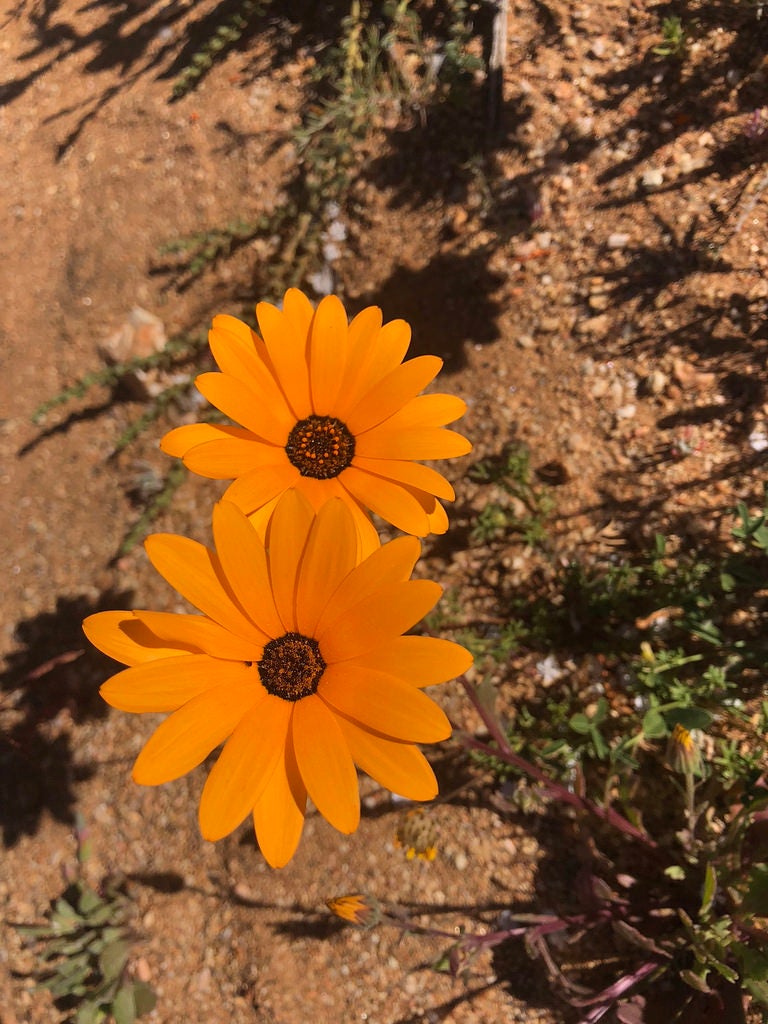

Also known as African daisy, cape marigold (Dimorphotheca) is an African native that produces masses of beautiful, daisy-like blooms. Available in a wide range of shades, including white, purple, pink, red, orange, and apricot, cape marigold is often planted in borders, along roadsides, as a groundcover, or to add color alongside shrubbery.
Cape marigold propagation is easy if you can provide plenty of sunlight and well-drained soil. Let’s learn how to propagate African daisy!
Propagating Cape Marigold Plants
Cape marigold grows in most well-drained soils, but it prefers loose, dry, gritty, poor to average soil. Cape marigold propagation isn’t as effective in rich, damp soil. If the plants germinate at all, they may be floppy and leggy with minimal blooms. Full sunlight is also critical for healthy blooms.
How to Propagate African Daisy
You can plant cape marigold seeds directly in the garden, but the best time depends on your climate. If you live where winters are mild, plant in late summer or fall for blooms in spring. Otherwise, propagating cape marigold by seed is best in spring, after all danger of frost has passed.
Simply remove weeds from the planting area and rake the bed smooth. Press the seeds lightly into the soil, but don’t cover them.
Water the area lightly and keep it moist until the seeds germinate and the young plants are well-established.
You can also start cape marigold seeds indoors about seven or eight weeks ahead of the last frost in your area. Plant the seeds in loose, well-drained potting mix. Keep the pots in bright (but not direct) light, with temperatures about 65 degrees F. (18 C.).
Gardening tips, videos, info and more delivered right to your inbox!
Sign up for the Gardening Know How newsletter today and receive a free copy of our e-book "How to Grow Delicious Tomatoes".
Move the plants in a sunny outdoor location when you’re sure all danger of frost has passed. Allow about 10 inches (25 cm.) between each plant.
Cape marigold is a prolific self-seeder. Be sure to keep the blooms deadheaded if you want to prevent spread.

A Credentialed Garden Writer, Mary H. Dyer was with Gardening Know How in the very beginning, publishing articles as early as 2007.
-
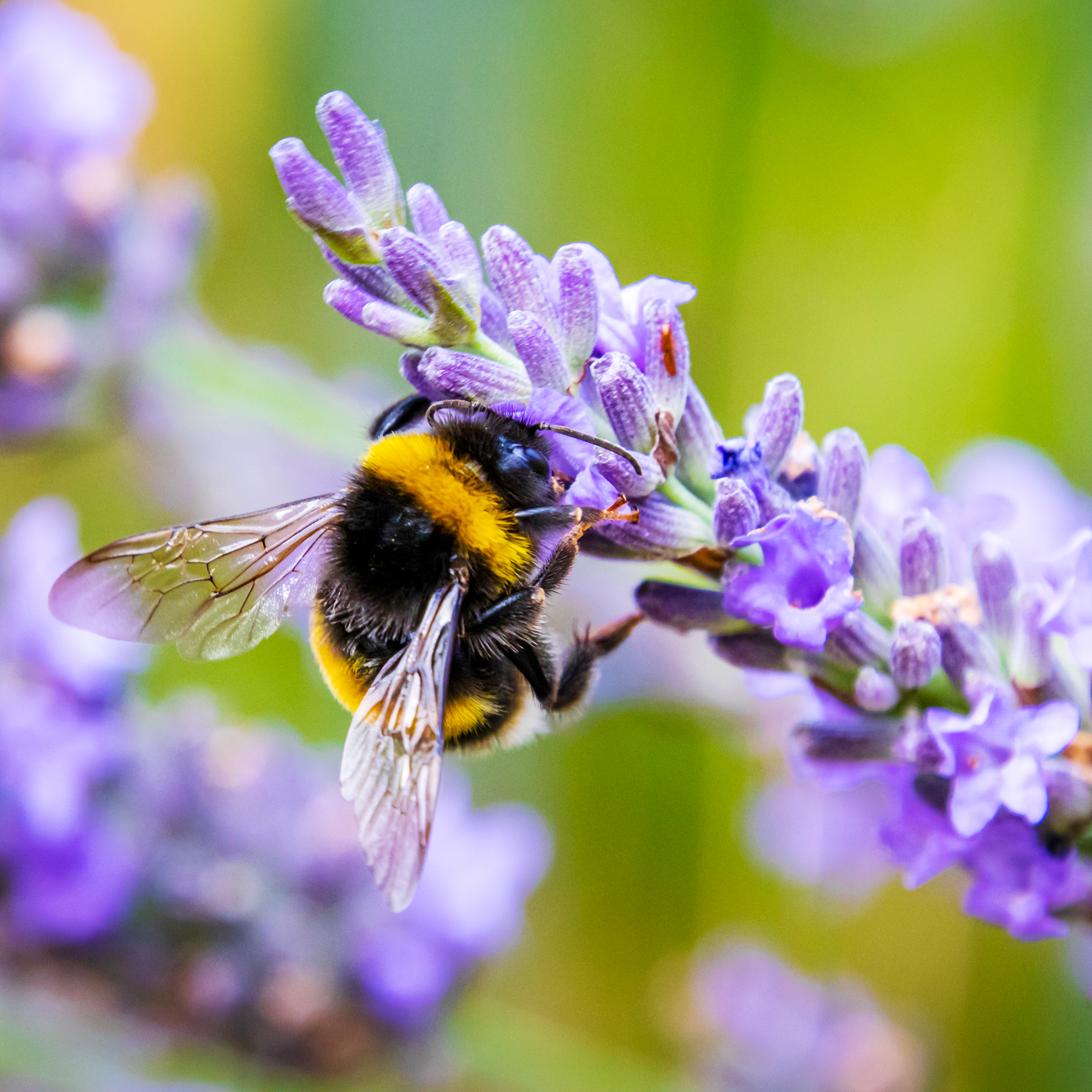 7 Plants Wasps Hate But Bees Adore – For A Pollinator Garden That's Buzzing, Not Bothered
7 Plants Wasps Hate But Bees Adore – For A Pollinator Garden That's Buzzing, Not BotheredCreate a bee-friendly, wasp-free garden with these smart planting choices that keep pests at bay while nurturing precious pollinators.
-
 “My 5 Must-Have Perennials” – After 25 Years Of Gardening, These Perennials Have Become Essentials In My Garden
“My 5 Must-Have Perennials” – After 25 Years Of Gardening, These Perennials Have Become Essentials In My GardenThere are some plants you can't live without! As a long-time gardener and garden writer, these are my must-have perennials that deserve a spot in every garden.
-
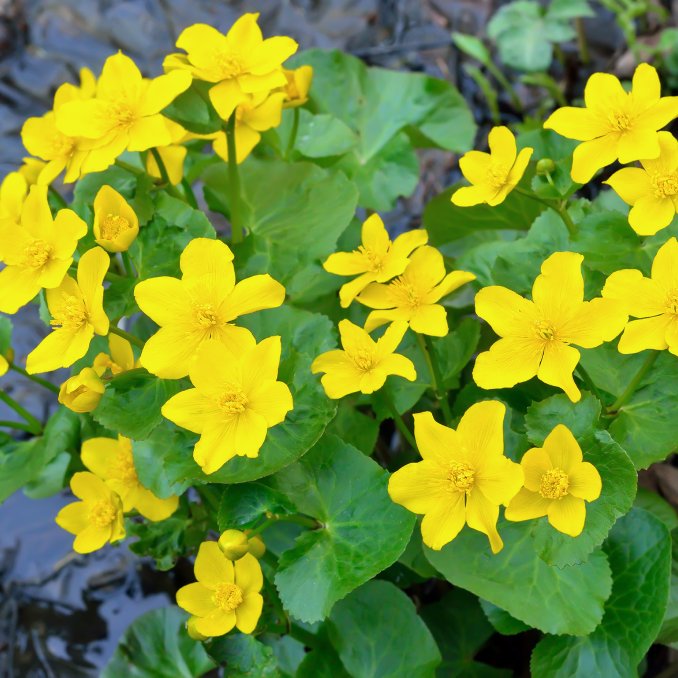 5 Marsh Marigold Lookalikes – And Which Cause The Most Harm
5 Marsh Marigold Lookalikes – And Which Cause The Most HarmMarsh marigolds have several lookalikes, and some of these lovely fast-growing plants can be harmful and invasive. It’s good to know the difference.
-
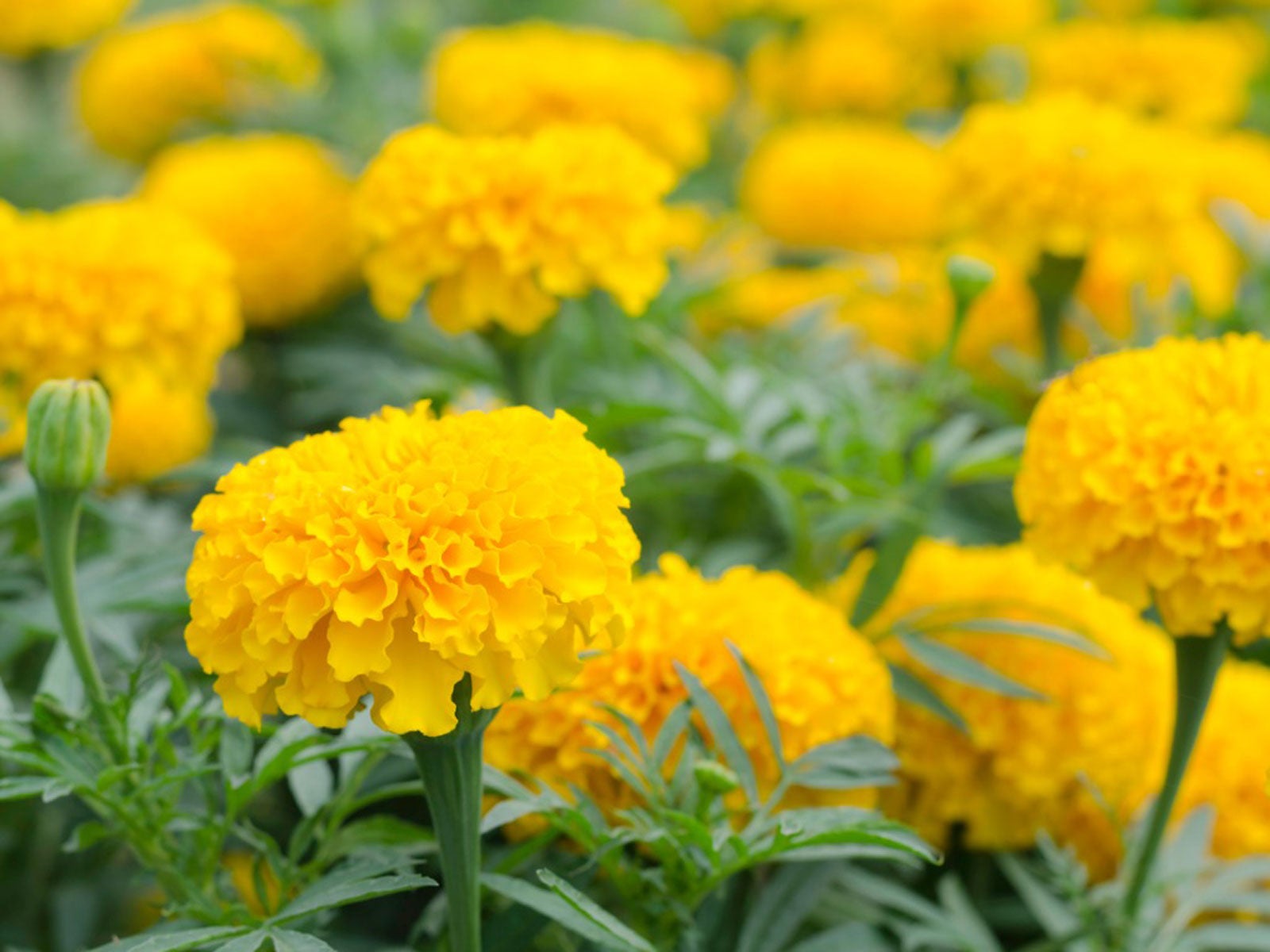 Marigold Flower Uses: Marigold Benefits For Gardens And Beyond
Marigold Flower Uses: Marigold Benefits For Gardens And BeyondMarigolds are appreciated primarily for their beauty, and you may not have considered the many surprising marigold benefits for gardens. Click on the following article to learn about ways to use marigold plants in the garden.
-
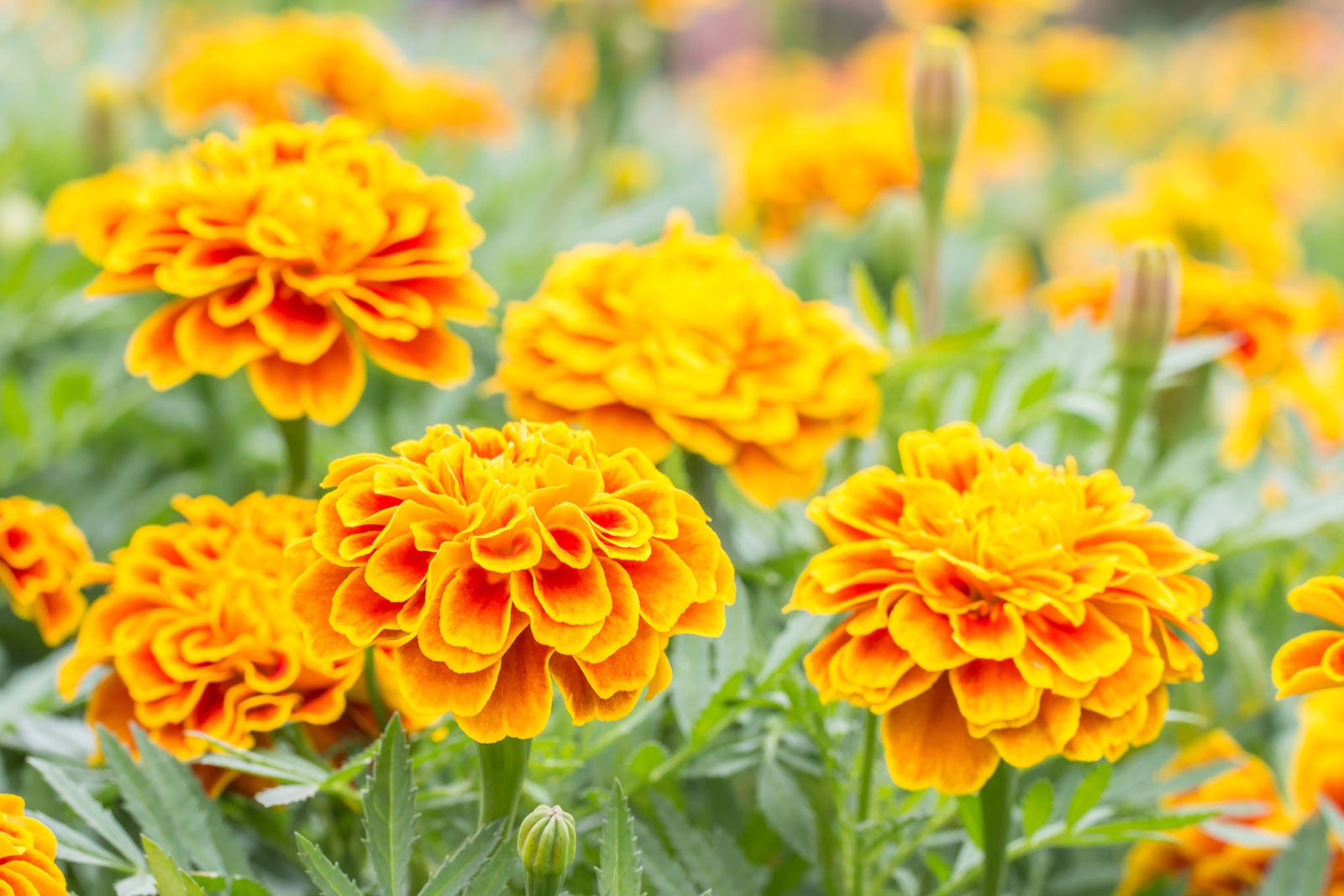 Marigold Vs. Calendula – Difference Between Marigolds And Calendulas
Marigold Vs. Calendula – Difference Between Marigolds And CalendulasIt’s a common question: Are marigold and calendula the same? The simple answer is no. Although both are members of the sunflower family, marigolds and calendula are plants with different genera. Why all the confusion? Find out in this article and how to tell them apart.
-
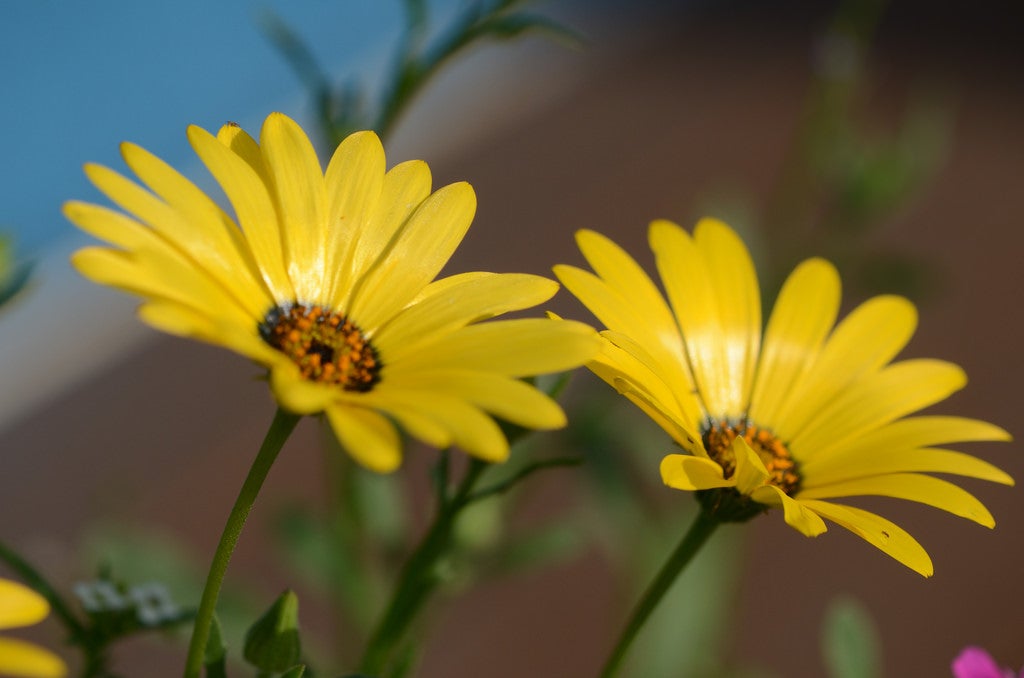 Planting Cape Marigold Seeds: How To Sow Cape Marigold Seeds
Planting Cape Marigold Seeds: How To Sow Cape Marigold SeedsWhere you live and what your climate is like will determine whether you grow cape marigold as a summer or winter annual. Planting cape marigold seeds is an inexpensive way to get started with this pretty flower. This article will help with that.
-
 Cape Marigold Varieties: Learn About Different Types Of African Daisies
Cape Marigold Varieties: Learn About Different Types Of African DaisiesCape marigolds are always a go-to plant for container designs. Of course, the key to a perfect container design is selecting the perfect varieties of these annual plants. Take a closer look at some of the many available cape marigold varieties in this article.
-
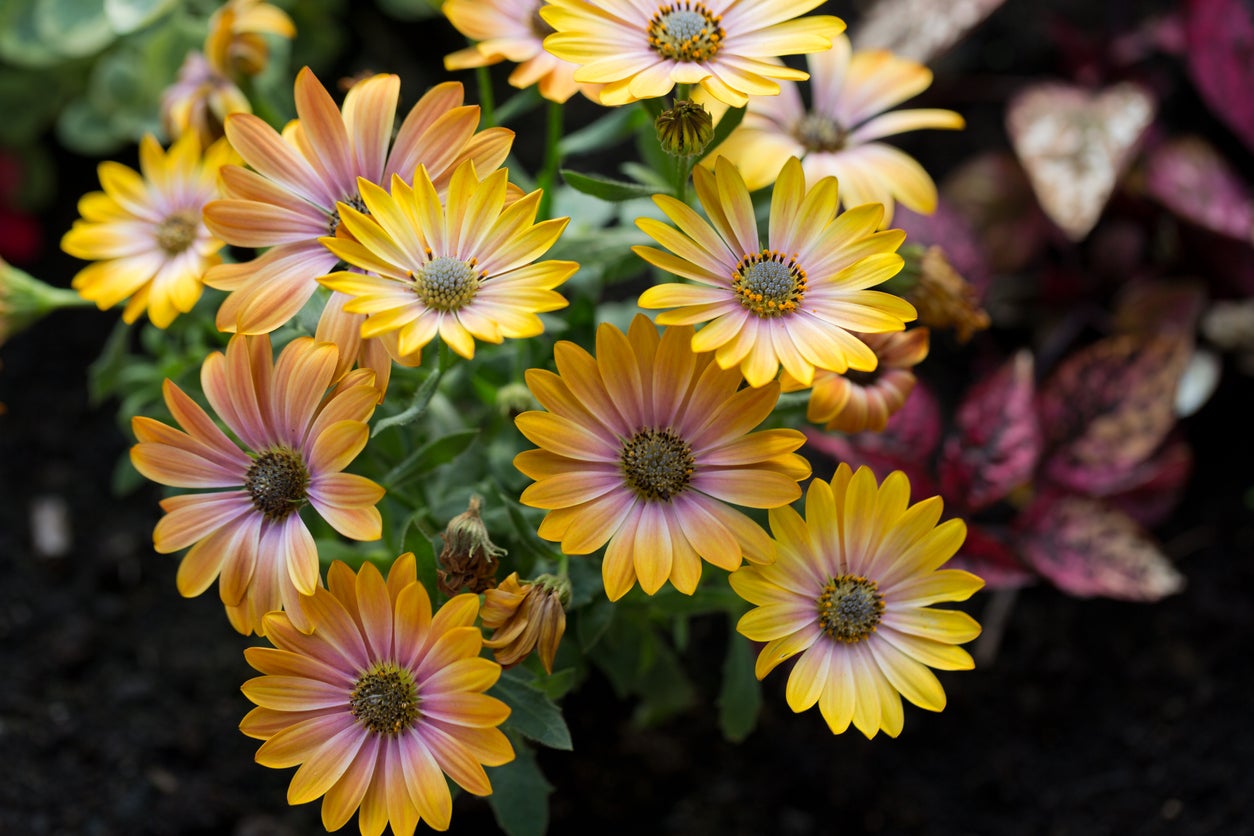 Can You Grow Cape Marigold Cuttings: How To Root Cape Marigold Cuttings
Can You Grow Cape Marigold Cuttings: How To Root Cape Marigold CuttingsIt is easy to get carried away and spend a fortune on small starter cape marigold plants each spring. However, hands-on, budget-minded gardeners may prefer to only buy a few and propagate more cape marigolds from cuttings. This article will help with that.
-
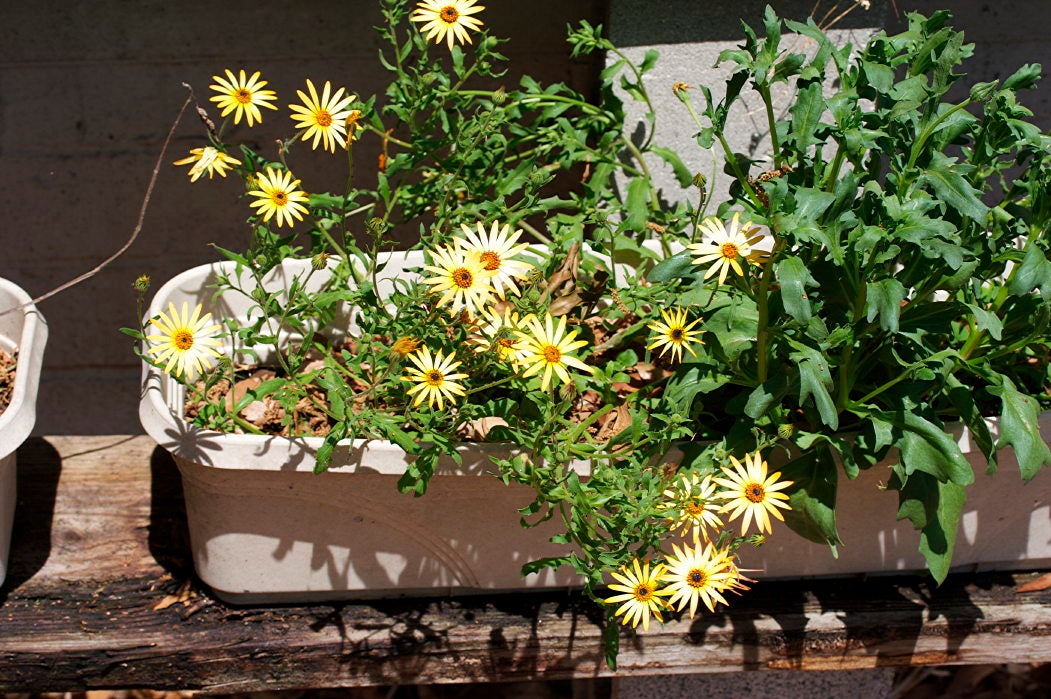 Feeding Cape Marigolds: How To Fertilize Cape Marigolds
Feeding Cape Marigolds: How To Fertilize Cape MarigoldsBeginner gardeners are able to have great success when planting flowers that are robust and tolerant to adverse conditions. The cape marigold, rewards growers with bright and cheerful flowers, and both watering and feeding cape marigolds couldn’t be easier. Learn more here.
-
 Cape Marigold Water Needs – Learn How To Water Cape Marigolds
Cape Marigold Water Needs – Learn How To Water Cape MarigoldsWith a more vital focus on today’s water use, many drought conscious gardeners are planting landscapes that require less irrigation. Dimorphotheca, also known as the cape marigold, is a perfect example of a flower which thrives with minimal watering. Learn more here.